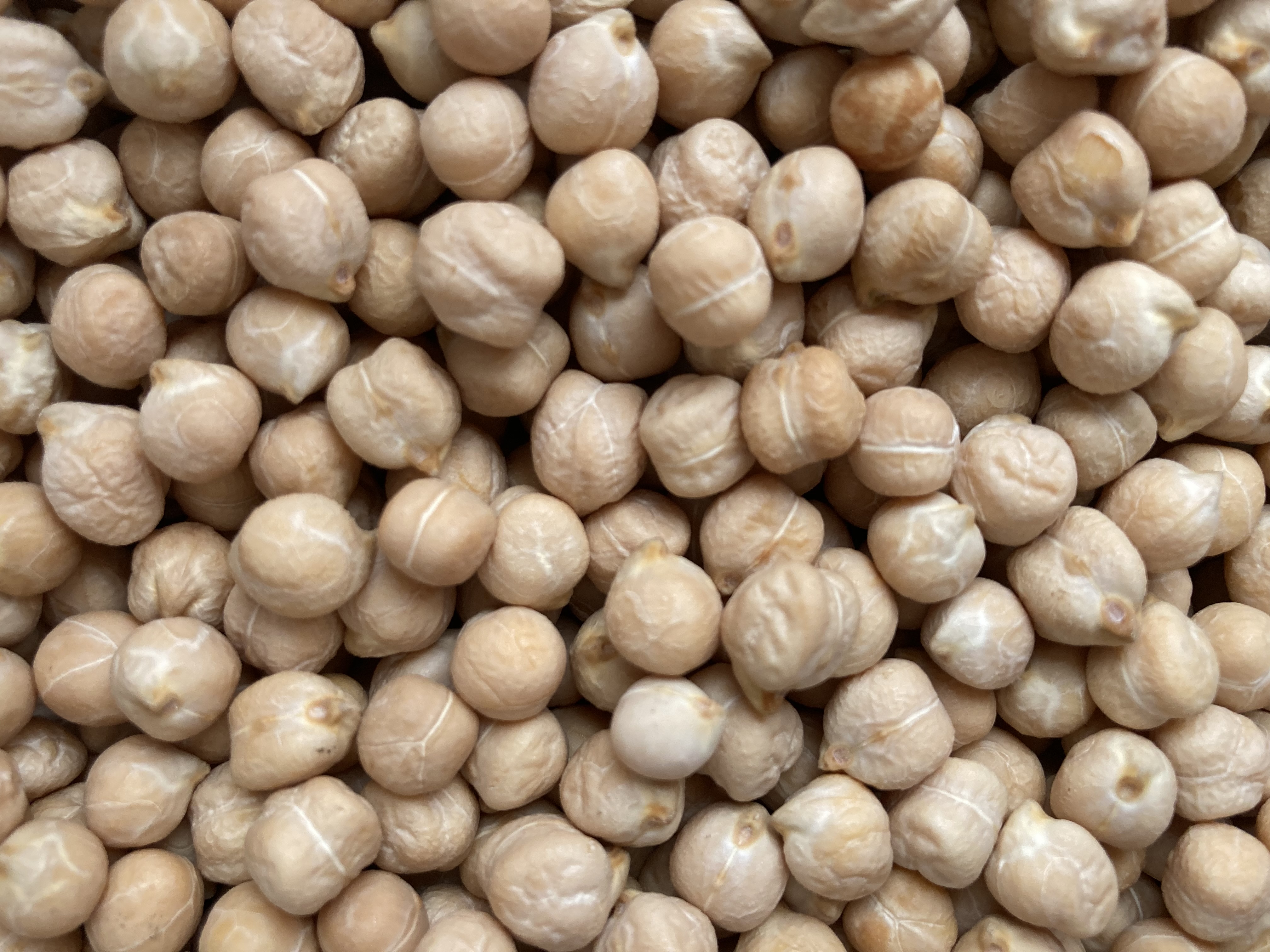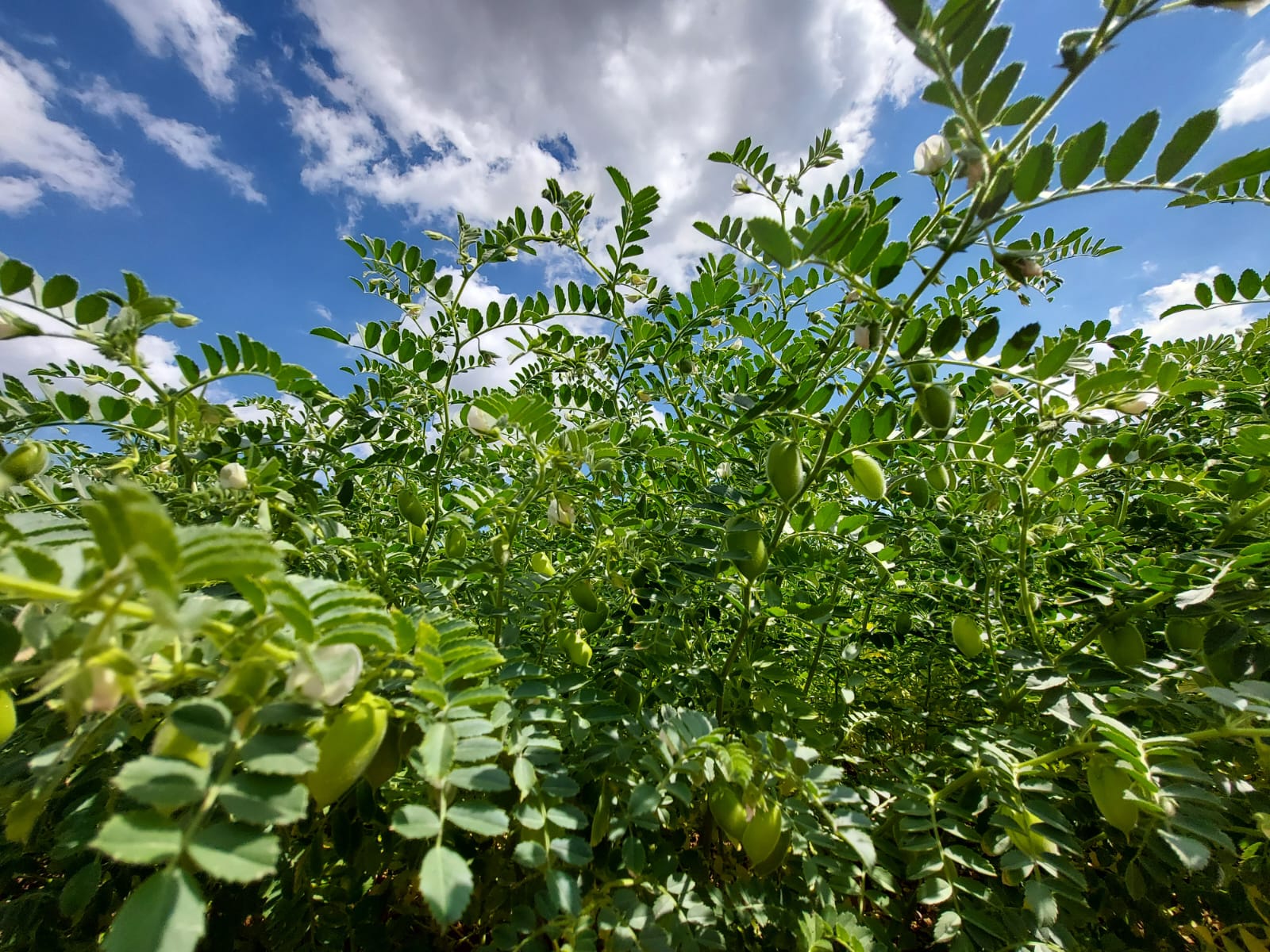International
Catch crops
KIRA chickpea
Advantages
The all-rounder chickpea!
Name addition
chickpea
- Type: Kabuli
- High yield potential with average TKW
- Fast initial development
- Early to middle flowering and maturity
- Moderately tolerant of ascochyta blight
- Semi-branched growth type
General description
General description
| - - - - | - - - | - - | - | 0 | + | + + | + + + | + + + + |
---- = very low resistance/early/short, ++++ = very high resistance/late/long
Classification Bundessortenamt
Stiffness









Start flowering









Plant height









Thousand grain weight









Maturity









Grain yield









Representative
P.H. Petersen Saatzucht Lundsgaard GmbH
All variety descriptions have been prepared in accordance to the best of our knowledge, considering trial results and observations. A guarantee or a liability in individual cases is not possible, because the growth conditions are subject to substantial fluctuations.
Cultivation
Cultivation recommendations
Recommended sowing rate
50 grains/m²
Sowing depth
4 - 8 cm; good water supply essential
Sowing period
End of April to end of May; soil temperature 7°C, no frost
Fertilization
No N-fertilization necessary. Depending on the nutrient content of the soil and nutrient extraction 40-60 kg P₂O₅/ha, 100-130 kg K₂O/ha and about 20-50 kg MgO/ha are advised. A neutral soil pH is ideal.
Crop protection
Use herbicides during pre-emergence or mechanically hoe or harrow the field for weed control. Post-emergence herbicide application specifically against grasses is possible. When considering usage of fungizides and insecticides mind the damage threshhold.
Sowing method
Single or double row spacing is beneficial for the yield
Harvest
At harvest pods and stems should be brown, the grains hard. Optimal moisture for harvesting 14-16%. Ease of combine due to high stiffness.
Representative
P.H. Petersen Saatzucht Lundsgaard GmbH
All variety descriptions have been prepared in accordance to the best of our knowledge, considering trial results and observations. A guarantee or a liability in individual cases is not possible, because the growth conditions are subject to substantial fluctuations.


